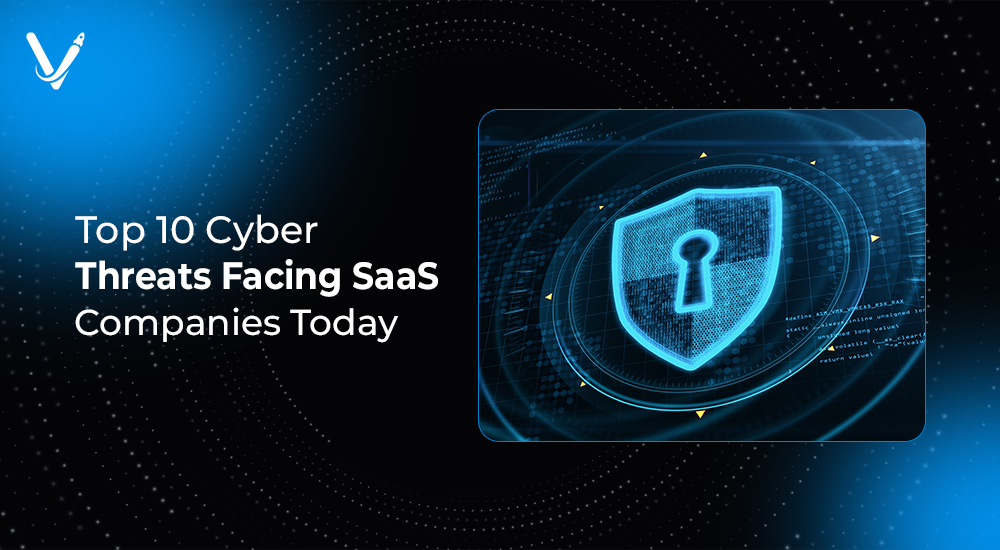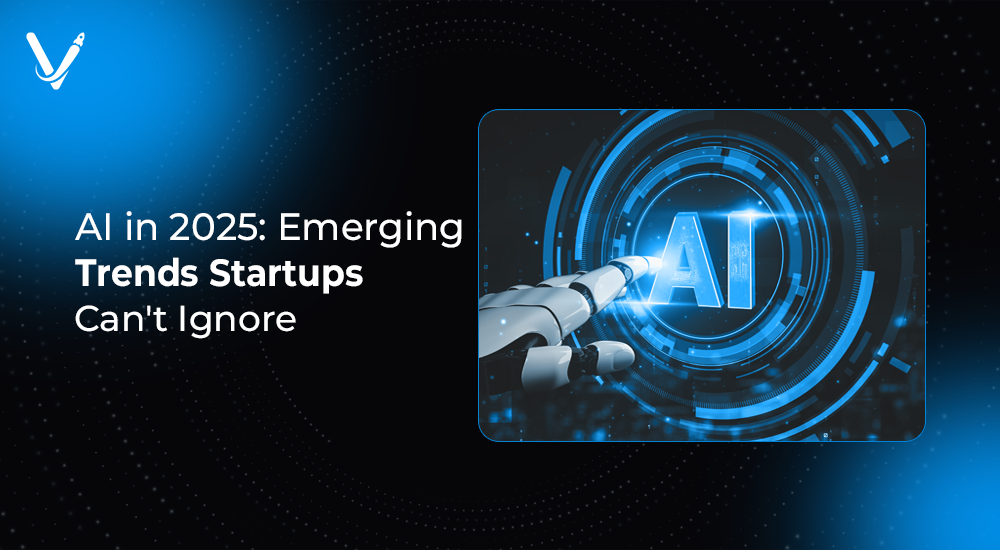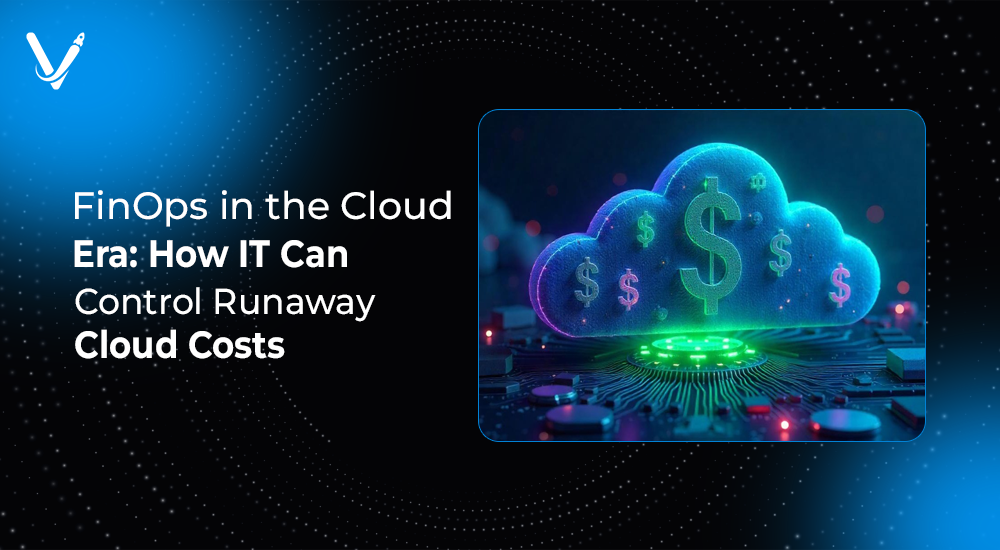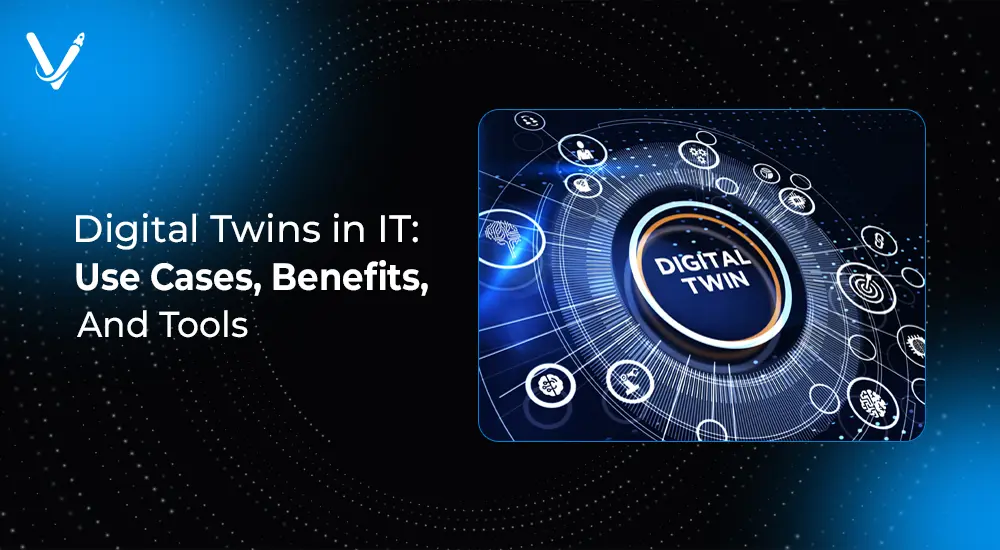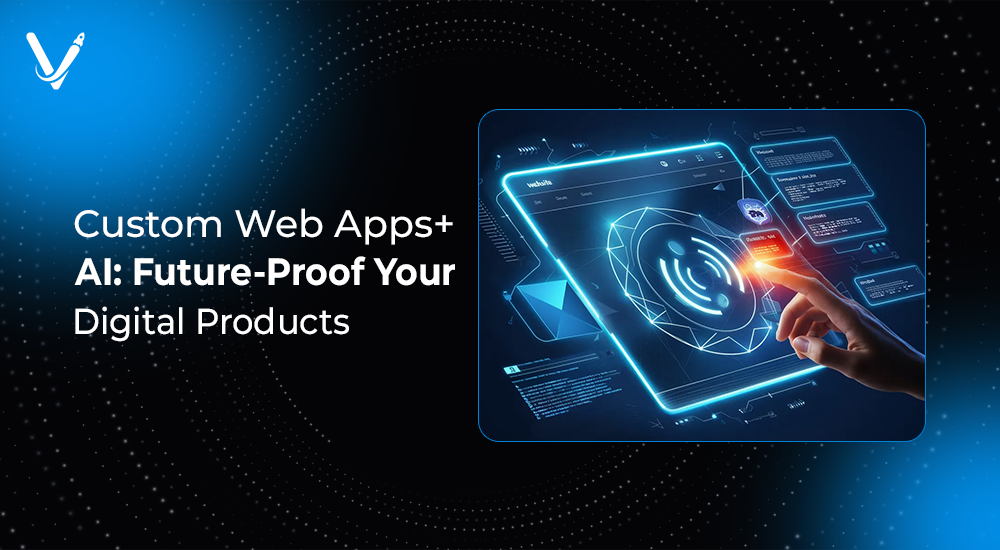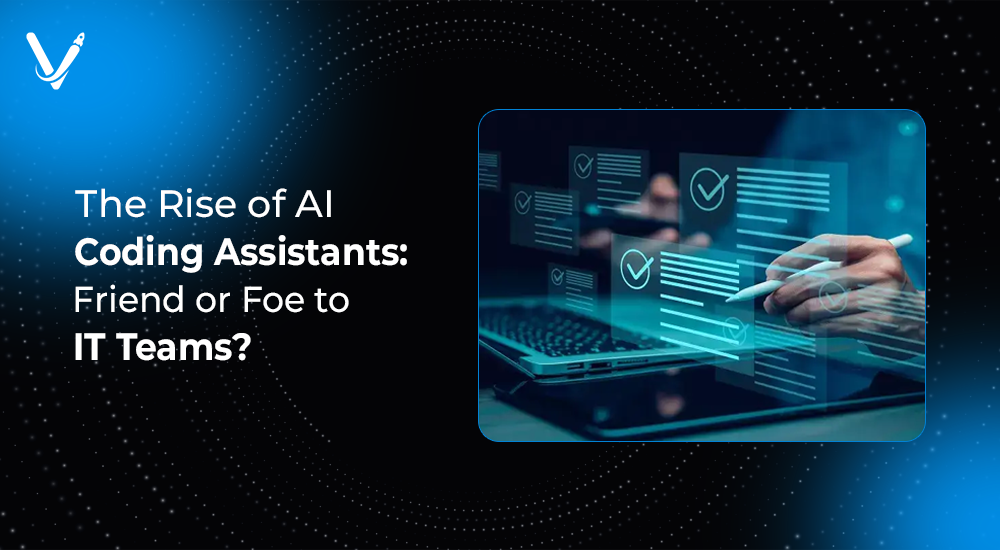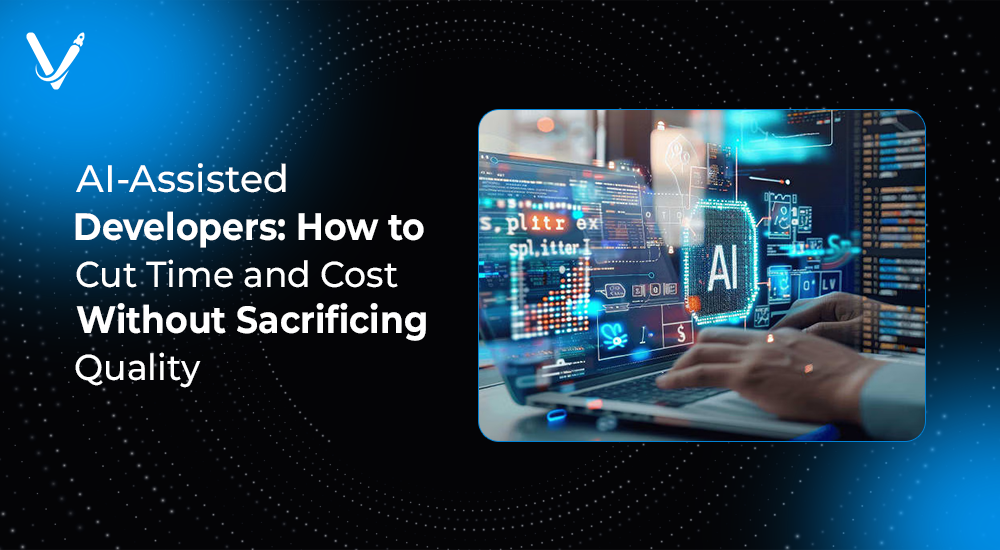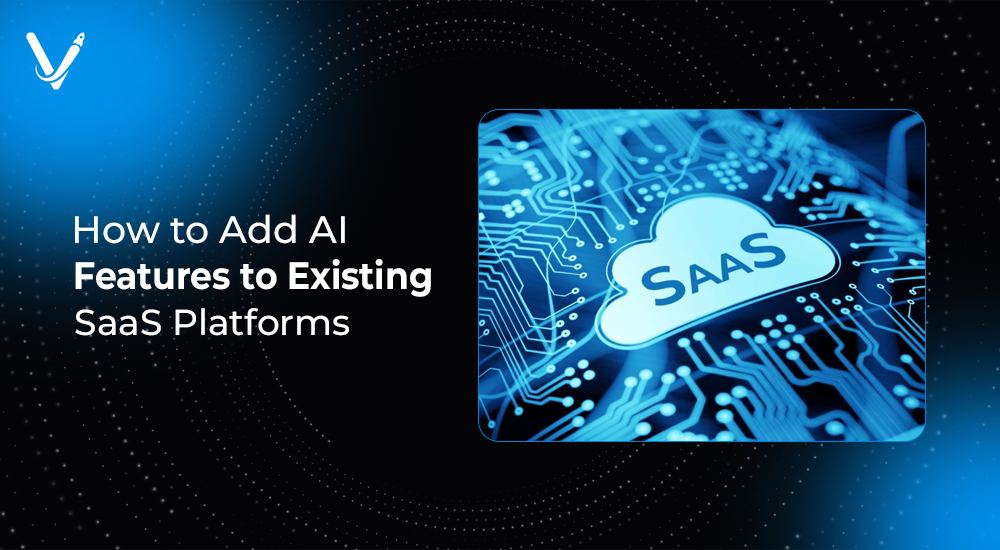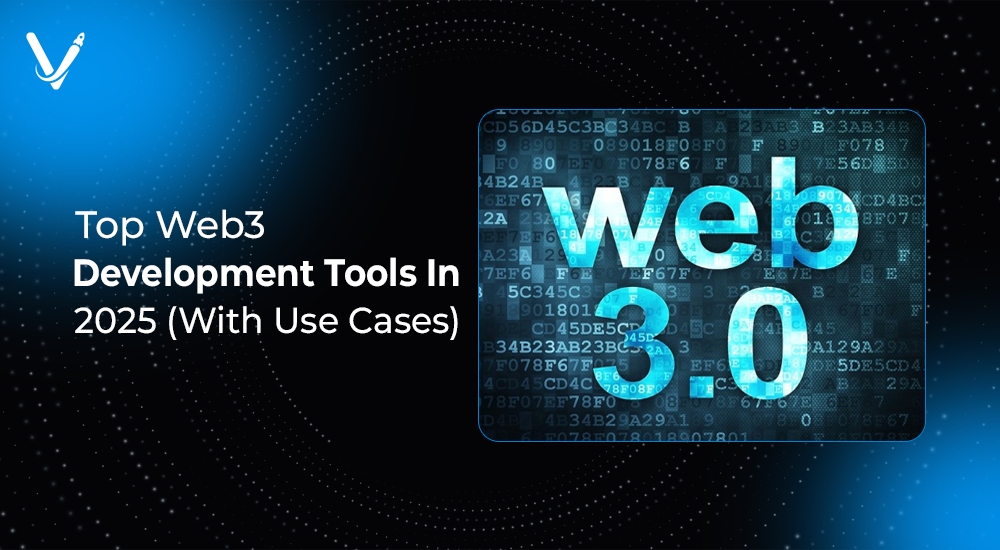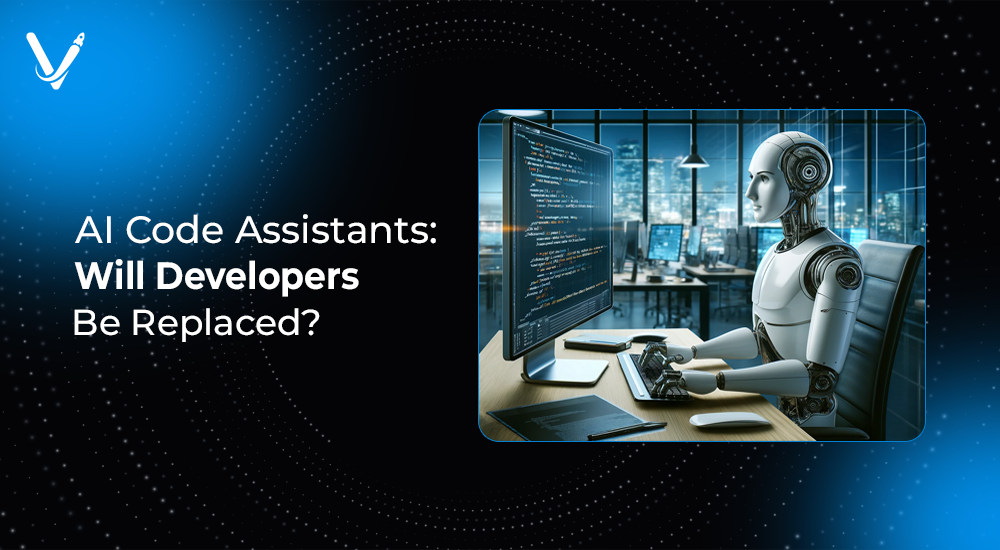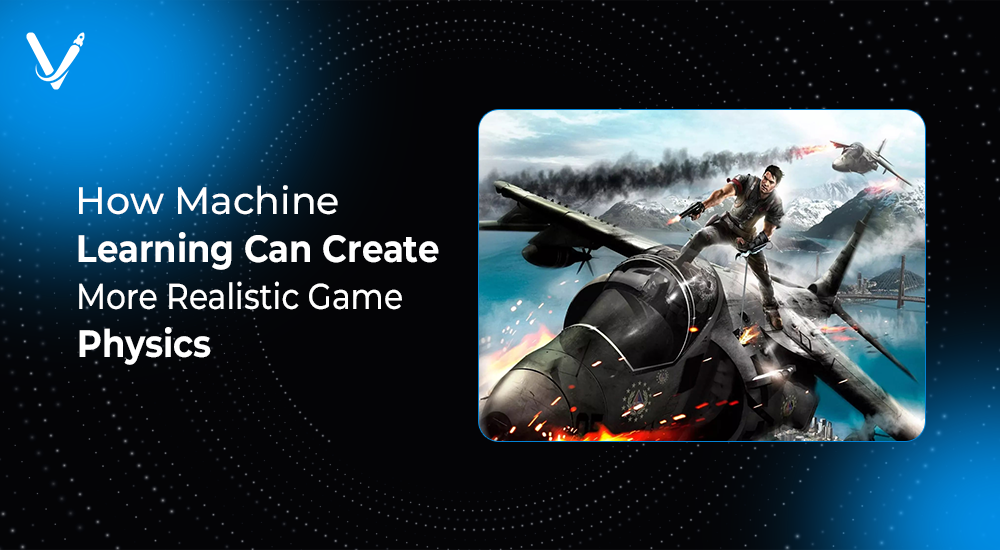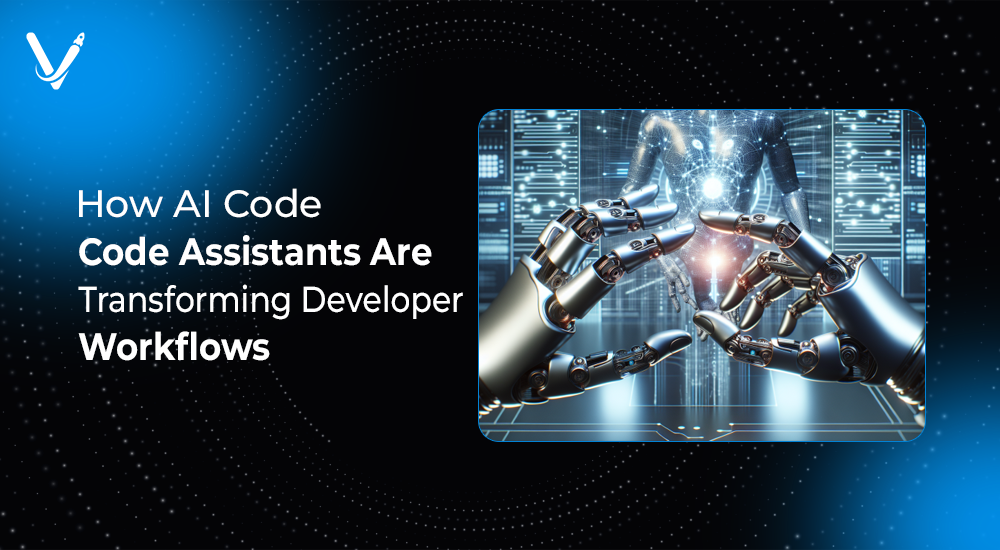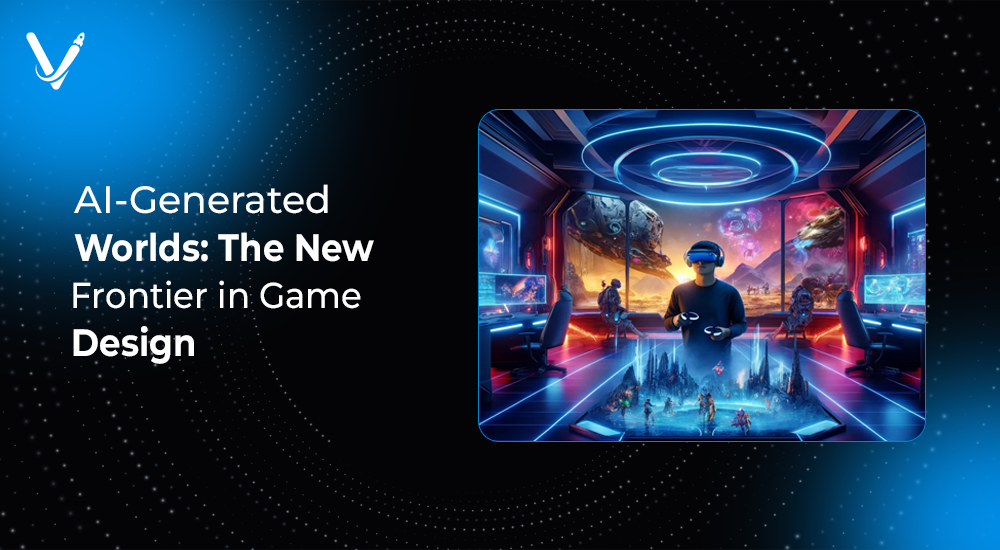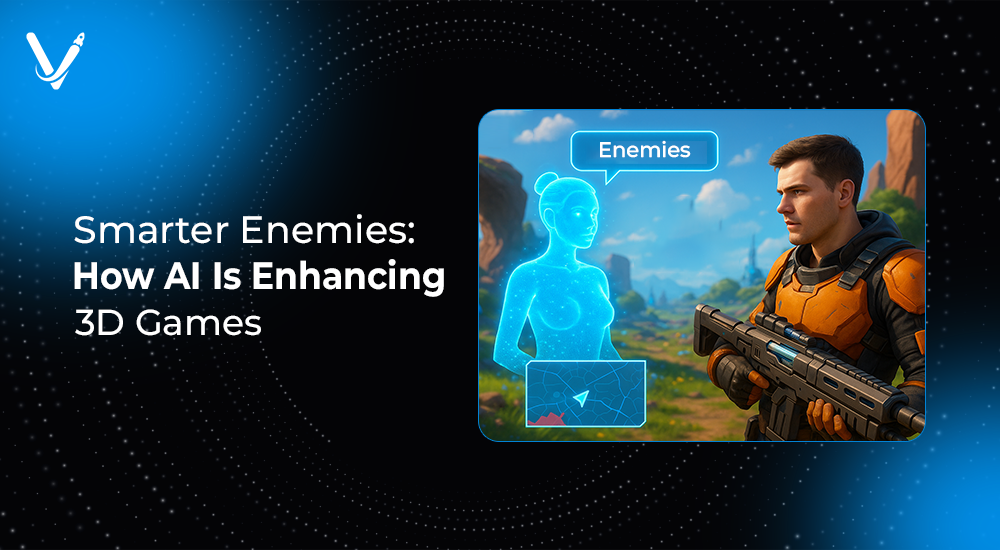Web3 Gaming Platforms: New Revenue Models for Developers
 Ronak Pipaliya
Ronak PipaliyaAug 6, 2025
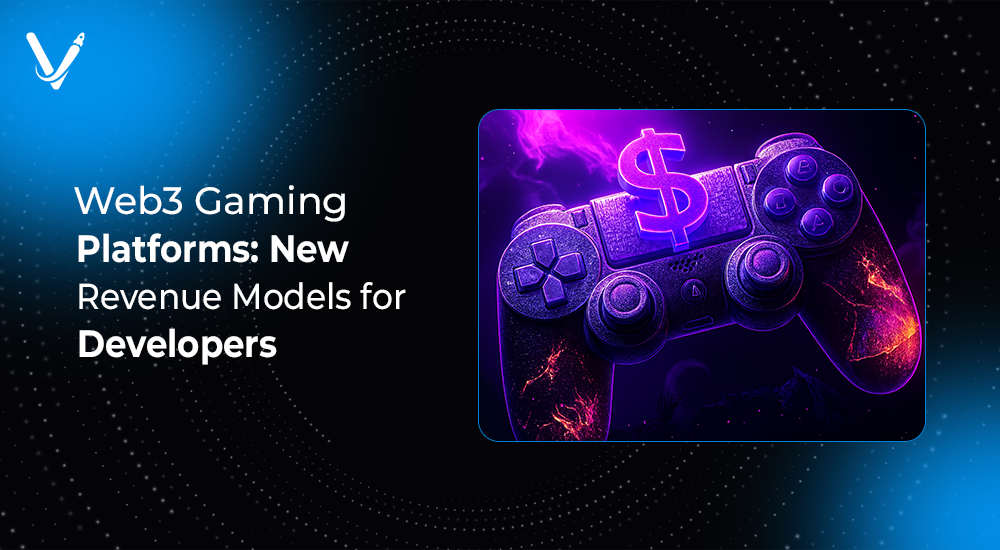
The gaming industry has always been a fertile ground for innovation—graphical evolution, mobile gaming, cloud gaming, and now, the rise of Web3. Unlike traditional platforms, Web3 gaming platforms give players true ownership of assets and enable developers to explore entirely new revenue models beyond the confines of centralized app stores.
Web3 transforms games into open economies where value is shared, player participation is rewarded, and in-game items are no longer locked behind walled gardens. For game developers, this new paradigm introduces tokenized economies, dynamic royalties, community governance, and monetization models that were previously unthinkable.
This blog takes a deep dive into how Web3 gaming is reshaping developer monetization. We’ll explore real-world platforms, technologies, and opportunities, alongside the challenges and future outlook. Whether you're building an indie title or a metaverse experience, understanding these shifts is crucial to staying relevant and profitable in the gaming world of 2025 and beyond.
What is Web3 Gaming?
Web3 gaming refers to decentralized games built using blockchain technologies that enable players to own, trade, and earn through in-game assets. Unlike traditional games where assets are locked in a closed ecosystem, Web3 games use NFTs and crypto tokens to empower players with real, transferable ownership.
Core Pillars of Web3 Gaming
- True digital ownership via NFTs (non-fungible tokens)
- Play-to-earn (P2E) and play-and-earn economies
- Tokenized rewards and staking mechanisms
- Interoperability across different platforms and games
- Decentralized governance through DAOs (Decentralized Autonomous Organizations)
These concepts form the foundation of the new revenue landscape developers are tapping into.
The Evolution of Revenue Models in Gaming
Traditional Monetization Methods
In the Web2 era, game developers primarily relied on:
- Game sales (premium or freemium)
- Ad revenue (interstitial, rewarded video)
- In-app purchases (IAP)
- Subscriptions
- Merchandising and licensing
While effective, these models often placed the platform or publisher in control, limiting developers’ revenue share and their creative or commercial freedom.
Web3 Revenue Models: Developer-First, Player-Centric
Web3 flips the script. By leveraging decentralization, developers unlock:
- NFT-based asset sales and royalties
- Native token economies with liquidity
- In-game marketplaces with transaction fees
- Community funding and DAO-based game incubation
- Inter-game asset utility (cross-title monetization)
These mechanisms offer long-tail revenue streams, increased community involvement, and reduced reliance on middlemen.
Key Revenue Models Enabled by Web3 Gaming Platforms
NFT Sales and Secondary Royalties
NFTs serve as game items, skins, characters, land, or weapons. Developers can sell these assets during launch or through seasonal drops.
The twist? NFTs on blockchains like Ethereum or Polygon support on-chain royalties. Every time a player resells a skin or character, a cut (e.g., 5–10%) automatically goes back to the developer.
Example: Axie Infinity generated over $1 billion in NFT sales, with developers receiving royalties every time a creature was traded between players.
Tokenomics and In-Game Currencies
Developers can create and issue native tokens that power game economies. These tokens are used for:
- Upgrades or in-game purchases
- Governance voting
- Staking for exclusive content
- Entry into tournaments or challenges
When these tokens are listed on exchanges, they can gain real-world value—adding a financial dimension for both developers and players.
Example: Gala Games uses its native $GALA token for game utility and ecosystem rewards.
Marketplace Fees and Player-Driven Economies
Web3 gaming platforms support decentralized or integrated marketplaces where players trade assets peer-to-peer. Developers can earn by:
- Charging listing or transaction fees
- Creating premium slots for visibility
- Monetizing “guild” or “clan” markets
Example: Immutable X enables fee sharing between marketplace builders and creators, providing scalable monetization at low gas cost.
Land Ownership and Leasing in Virtual Worlds
Virtual land is a cornerstone of metaverse-style Web3 games. Developers can sell land parcels and enable players to:
- Build businesses or experiences
- Lease their land to others
- Stake tokens to earn passive rewards
Developers benefit by selling initial land plots and taking a cut from secondary market trades or in-game tax systems.
Example: The Sandbox sold virtual land NFTs for millions and enabled users to create monetized mini-games.
DAO Governance and Community Co-Funding
Web3 games often launch DAOs, giving token holders a say in roadmap decisions, content launches, and funding.
Developers benefit from:
- Crowdfunding via governance token sales
- Community moderation and QA support
- Loyal backers aligned with project vision
Example: Illuvium leverages a DAO for treasury management, reward distribution, and expansion votes.
Interoperability and Cross-Game Earnings
Unlike traditional games, NFTs and tokens in Web3 games can sometimes be used across titles or platforms.
Developers creating compatible or extended experiences can monetize through:
- NFT licensing (e.g., using BAYC assets)
- Cross-game portals (e.g., DeFi Kingdoms expanding across chains)
- Shared token economies between partner games
This creates multiple revenue layers for devs building within a shared universe.
Notable Web3 Gaming Platforms Empowering Developers
Immutable X
- Ethereum Layer-2 scaling solution
- Gas-free NFT minting and trading
- APIs and SDKs for rapid game integration
- Built-in royalty enforcement
Used by games like Gods Unchained and Guild of Guardians.
Gala Games
- Developer-friendly ecosystem with multiple games (e.g., Spider Tanks, TownStar)
- $GALA token powers rewards, governance, and in-game utility
- Supports independent developers through grants
The Sandbox
- Virtual world with land, assets, and builder tools
- Revenue from land sales, NFT creation, and in-experience monetization
- VoxEdit and GameMaker help developers create without coding
Mythical Games
- Focused on player-owned economies
- Uses DGoods standard for NFTs
- Titles like Blankos Block Party blend user-generated content and monetization
Ultra
- Blockchain gaming platform with native marketplace
- Enables direct game sales, NFT item trading, and reward systems
- Transparent revenue split between devs and platform
Case Studies: Developers Thriving in Web3 Gaming
Sky Mavis (Axie Infinity)
- Generated over $4 billion in all-time NFT sales
- Created $SLP and $AXS token ecosystems
- Integrated breeding and staking for added monetization layers
Despite setbacks due to speculative bubbles, Axie laid the foundation for tokenized economies.
Big Time Studios
- Uses time-travel-themed MMORPG with NFT cosmetics
- Developers monetize cosmetic drops and early access passes
- Designed to avoid "pay-to-win" while monetizing status and rarity
Yuga Labs (Otherside)
- Built by the creators of Bored Ape Yacht Club
- Combined NFT holders with gamified metaverse land
- Opened new revenue paths through branded partnerships and event monetization
Challenges and Considerations for Web3 Game Developers
Sustainability of Tokenomics
Poorly designed token economies can lead to inflation, dump cycles, and player exit. Developers must:
- Balance utility vs. speculation
- Use dual-token models (e.g., governance + utility)
- Offer sinks for token burn or staking
Regulatory Uncertainty
Tokens may be treated as securities in some jurisdictions. Developers must monitor:
- SEC guidelines
- Regional crypto laws
- Tax implications on in-game earnings
Partnering with legal advisors or compliance platforms is crucial.
Player Education and UX Barriers
Web3 games often suffer from:
- Complex wallet setups
- Gas fees
- Confusing marketplaces
To succeed, developers should focus on seamless onboarding, custodial wallet options, and fiat integration.
Volatility of Asset Prices
High-value NFTs or tokens can scare off casual players. Developers should:
- Offer free-to-play or subsidized entry
- Avoid hard “paywalls”
- Use NFTs for cosmetics, not core progression
How Developers Can Enter Web3 Gaming
Start Small with Hybrid Models
Begin with cosmetic NFTs or a loyalty token. Avoid fully tokenized economies until your user base grows.
Leverage Low-Code or No-Code Tools
Use platforms like:
- Thirdweb for NFT and token contracts
- Moralis for backend infrastructure
- ChainSafe for Unity Web3 SDKs
These reduce development time and lower barrier to entry.
Join Ecosystems and Apply for Grants
Platforms like Avalanche, Polygon, and Immutable X often offer developer incentives, marketing support, and community bootstrapping.
Collaborate with Web3 Game Guilds
Game guilds help with early traction, liquidity provision, and playtesting. Engage with communities like:
- YGG (Yield Guild Games)
- Merit Circle
- Avocado DAO
These act as investor-players who support quality Web3 projects.
Future Trends in Web3 Gaming Monetization
AI-Powered Game Creation + Web3 Monetization
Tools like Scenario and Inworld AI allow devs to create stories and assets with AI. Pairing this with Web3 opens doors for:
- AI-generated NFT assets
- Player-trained AI NPCs as NFTs
- Story-driven royalties
Tokenized Modding Communities
Modders can now sell their creations as NFTs. Web3 supports:
- Royalties for asset use
- Bounty systems for community-driven content
- Token rewards for most-used mods
Real-Time Revenue Splits via Smart Contracts
With Web3, revenue can be auto-split between artists, devs, writers, marketers, and voice actors based on smart contract logic—eliminating intermediaries.
Metaverse SDK Monetization
Dev kits like the Sandbox GameMaker or OnCyber SDKs may evolve to include:
- NFT marketplace plugins
- Creator token reward systems
- Template licensing via NFTs
Conclusion: Web3 Isn’t Just the Future—It’s the Now
Web3 gaming platforms are unlocking a golden era of innovation, collaboration, and monetization for developers. The shift is not only technical—it’s philosophical. Control is moving away from corporations and toward creators and communities.
For developers willing to navigate the early challenges, Web3 offers unmatched flexibility, new income streams, and deeper player engagement. This is not just a trend—it’s a transformation.
If you're a developer looking to integrate Web3 into your game or build a full-fledged decentralized experience, Vasundhara Infotech is your strategic partner. Our team understands blockchain, gaming, and user-centric design to help you unlock the true potential of Web3.




